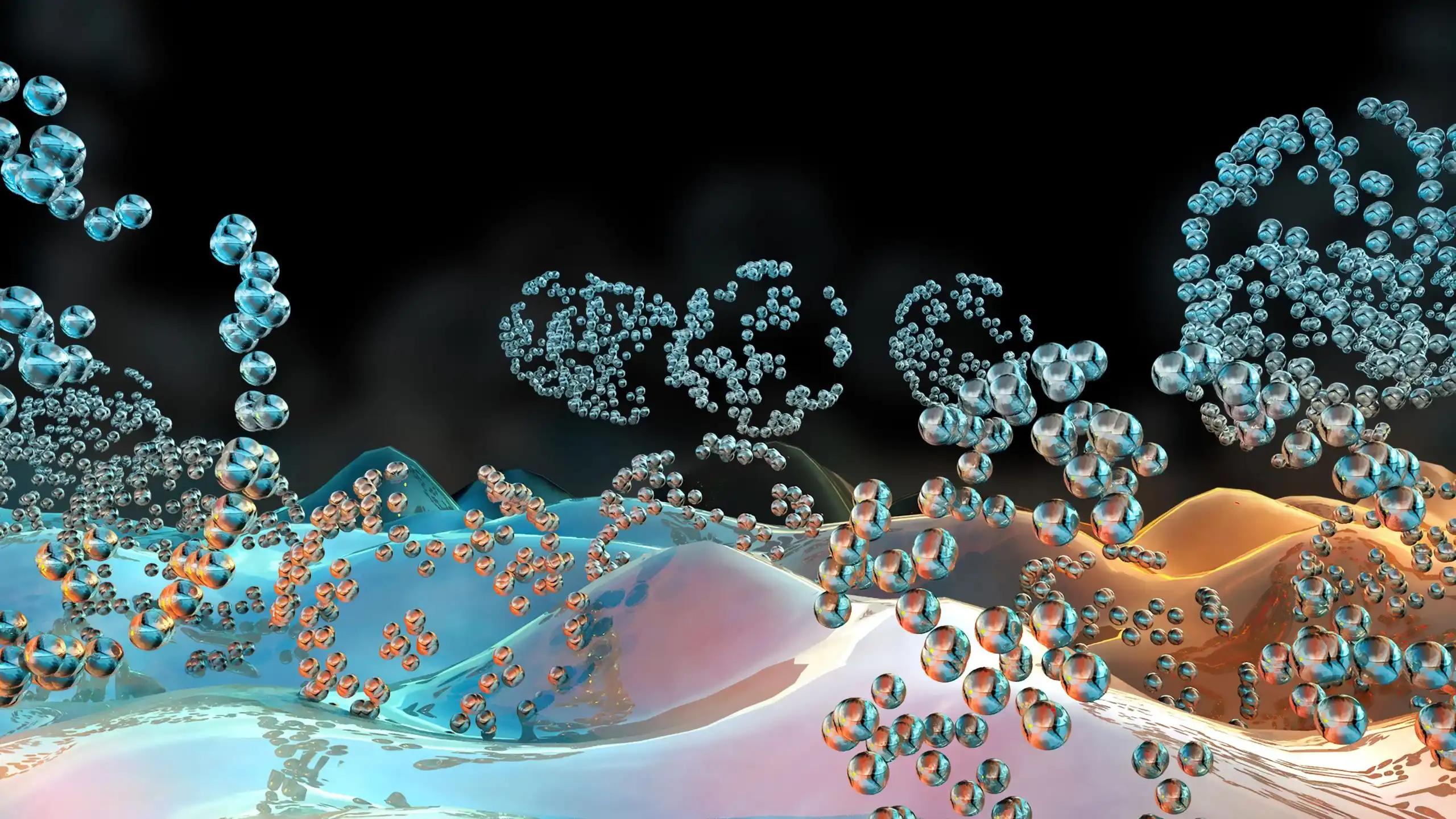KEY TAKEAWAYS
- The study examined the ICARIA-MM and IKEMA datasets to understand the impact of Isa-Pd and Isa-Kd on patients with UHR and extended high-risk (EHR) MM.
- The study revealed a significant advantage of Isa-containing regimens compared to those in the control arms.
Patients with Ultra‑High‑Risk (UHR) Multiple Myeloma (MM) exhibit worse outcomes compared to those with zero or one chromosomal abnormality (CA). Isatuximab (Isa), a sanctioned anti-CD38 monoclonal antibody, was studied in the ICARIA-MM and IKEMA trials for relapsed/refractory MM.
The study examined the ICARIA-MM and IKEMA datasets to understand the impact of Isa-Pd and Isa-Kd on patients (pts) with UHR and extended high-risk (EHR) MM.
The analysis excluded pts with one or more undisclosed CA details. Standard risk (SR) was defined as the lack of specific CAs such as del(17p), t(4;14), t(14;16), and 1q21+. EHR referred to pts with just one CA, while UHR had two or more CAs.
For ICARIA-MM, 101 Isa-Pd pts were considered (SR genetics: 29; EHR CA: 61; UHR CA: 11) alongside 93 Pd pts (SR: 35; EHR CA: 38; UHR CA: 20). The IKEMA study included 154 Isa-Kd pts (SR: 65; EHR CA: 64; UHR CA: 25) and 103 Kd pts (SR: 43; EHR CA: 41; UHR CA: 19). In both studies, all UHR pts had 1q21+, with t(4;14) being the second most common CA, followed by del(17p) and t(14;16). Based on the clinical trial data from ICARIA-MM and IKEMA, Isa-Pd and Isa-Kd have shown progression-free survival (PFS) benefits in multiple myeloma pts, regardless of risk category. Specifically, in ICARIA-MM, the hazard ratios (HR) for PFS benefit were 0.478 [95% CI 0.263−0.866], 0.645 [95% CI 0.414−1.006], and 0.437 [95% CI 0.188−1.018] for standard-risk (SR), high-risk (EHR), and ultra-high-risk (UHR) pts, respectively.
For Isa-Kd in IKEMA, the HR for PFS benefit were 0.496 [95% CI 0.294−0.839], 0.531 [95% CI 0.310−0.908], and 0.689 [95% CI 0.343−1.385] for SR, EHR, and UHR pts, respectively. However, the overall survival data was immature. The minimal residual disease negativity (MRD−) rate was significantly higher in Isa-Kd-treated pts compared to Kd-treated pts. SR pts had the highest MRD− rate at 44.6% and 18.6% for Isa-Kd and Kd, respectively. Additionally, complete response rates were also higher in Isa-Kd-treated pts compared to Kd-treated pts, with SR pts having the highest complete response rate at 33.8% and 11.6% for Isa-Kd and Kd, respectively.
Isa’s benefit was in line with the main findings across all subgroups. EHR pts showed improvements with Isa-based treatments compared to controls. This benefit was observed even in ultra-high-risk pts, who would benefit from further improvements in their outcomes.
Source: https://clml-soho2023.elsevierdigitaledition.com/484/index.html
Clinical Trials: https://classic.clinicaltrials.gov/ct2/show/NCT02990338
https://classic.clinicaltrials.gov/ct2/show/NCT03275285
Moreau, P., Perrot, A., Dimopoulos, M., Martin, T., Facon, T., Capra, M., Beksac, M., Armstrong, N.M., Pharm, F.D., Macé, S., Risse, M.L., Tekle, C., Klippel, Z., Richardson, P.G. Isatuximab (Isa) in Relapsed Multiple Myeloma (MM) Patients (pts) With Ultra‑High‑Risk (UHR) Cytogenetics: ICARIA‑MM and IKEMA Subgroup Analysis.



